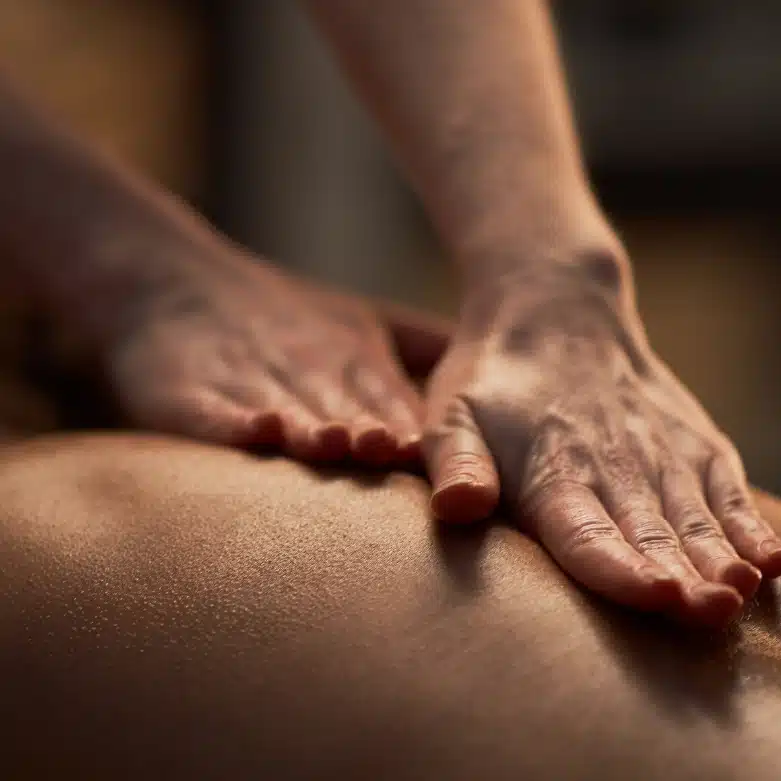Massage therapy is an ancient healing art that has stood the test of time. Across civilizations, from Ancient Egypt and China to modern wellness centers, massage continues to be a vital tool for enhancing physical health and emotional well-being. In today’s fast-paced world, more people are turning to massage not just for relaxation, but as a natural form of therapy.
Why Massage Matters More Than Ever
With increasing stress levels, sedentary lifestyles, and chronic pain conditions on the rise, massage offers a gentle yet powerful solution to many modern ailments.
Promotes Natural Pain Relief
Massage stimulates the release of endorphins, the body’s natural painkillers. It also helps relax tight muscles and relieve joint pain without the need for medication.
Supports Mental Clarity and Calm
Regular massage sessions have been shown to reduce symptoms of anxiety and depression by lowering cortisol and increasing serotonin levels.
Enhances Blood and Lymph Circulation
By improving circulation, massage helps distribute oxygen and nutrients to tissues while aiding the lymphatic system in removing waste and toxins.
Encourages Faster Recovery
Whether from surgery, injury, or intense physical activity, massage accelerates the body’s healing process by reducing inflammation and increasing flexibility.
Exploring the Types of Massage Therapy
Each massage style serves a different purpose. Let’s explore some of the most effective and widely practiced forms.
Swedish Massage: Ideal for Beginners
Swedish massage is gentle and soothing, often recommended for those new to massage. It uses long, flowing strokes and gentle kneading to release surface tension.
Deep Tissue Massage: For Chronic Tension
This technique goes deeper into muscle layers to relieve longstanding knots and adhesions, making it ideal for those with persistent discomfort or postural imbalances.
Thai Massage: Movement-Based Healing
Unlike other massages, Thai massage involves stretching and active participation. It enhances flexibility, reduces muscle fatigue, and stimulates energy flow.
Hot Stone Massage: Heat Therapy for Deep Relaxation
Using smooth, heated stones, this method targets deeper muscle layers and helps relieve stress and muscle stiffness with the added benefit of warmth.
Shiatsu Massage: Balancing Energy
Rooted in traditional Chinese medicine, Shiatsu applies rhythmic pressure along energy meridians to promote holistic healing and internal balance.
Aromatherapy Massage: Scent-Infused Serenity
This massage combines gentle bodywork with essential oils tailored to your emotional or physical needs, such as lavender for calm or eucalyptus for breathing support.
Massage Techniques Used by Experts
Massage therapy isn’t random touch—it’s a combination of time-honored techniques tailored to your needs.
Kneading and Compression
These motions work deep into muscles, easing stiffness and promoting healthy blood flow.
Percussion and Tapping
Common in sports massage, this involves rhythmic tapping to stimulate muscles and energize the body.
Stretching and Mobilization
Often used in Thai and sports massage, these techniques help improve range of motion and prevent injury.
Trigger Point Therapy
Targeting specific “knots” or sensitive areas, this approach is effective in reducing localized pain and tension.
How to Choose the Right Massage for You
Assess Your Goals
Are you looking to de-stress, manage pain, or recover from an injury? Your answer will help determine the best massage style.
Communicate with Your Therapist
Always discuss your physical condition, pain areas, or preferences before a session to ensure safety and effectiveness.
Try Different Styles
Don’t be afraid to explore. Sometimes, combining types—like starting with deep tissue and ending with aromatherapy—can deliver the best results.
What Happens in a Typical Massage Session?
Initial Consultation
You’ll share any health concerns and your massage goals. Your therapist may assess posture or tension areas to guide the session.
The Massage Experience
You’ll lie comfortably on a massage table, and the therapist will use oil or lotion as needed. The environment is typically calm, with soft lighting and relaxing music.
Post-Massage Effects
It’s common to feel relaxed or even slightly light-headed after a session. Drinking water and resting afterward helps the body fully absorb the benefits.
How Frequently Should You Get a Massage?
Occasional Relaxation
A monthly massage is great for general stress relief and maintaining a calm body and mind.
Ongoing Treatment
For chronic conditions or athletes, weekly or bi-weekly sessions may be recommended to manage pain and speed up recovery.
Final Thoughts: Massage as a Lifestyle Choice
Incorporating massage into your lifestyle is not just about feeling good—it’s about living better. Whether you’re managing stress, healing an injury, or just taking a moment for yourself, massage therapy is a natural, effective, and enjoyable path to wellness.

